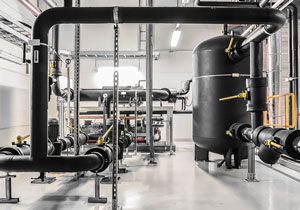 Insertion flowmeters provide a great alternative to inline flowmeters because they are typically less expensive and easier to install than inline meters. But how do you know which type of insertion meter to choose?
Insertion flowmeters provide a great alternative to inline flowmeters because they are typically less expensive and easier to install than inline meters. But how do you know which type of insertion meter to choose?
There are two primary types of insertion flowmeters: mechanical and non-mechanical. It’s vital to understand the application and benefits of each type of meter, to ensure the best instrumentation solution for your application. Continue reading “Mechanical vs. Non-Mechanical Flowmeters”

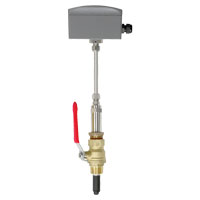
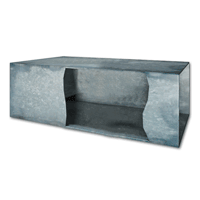
 Picture this:
Picture this: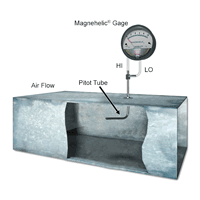
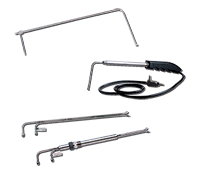

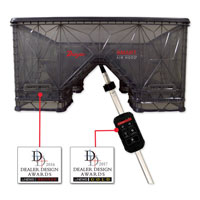
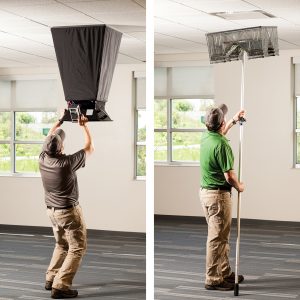 Many new users of the
Many new users of the